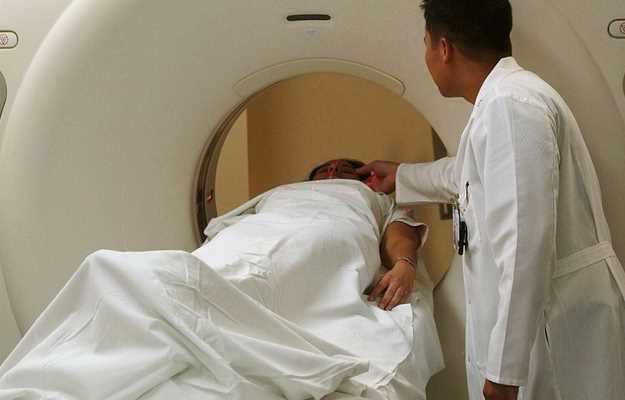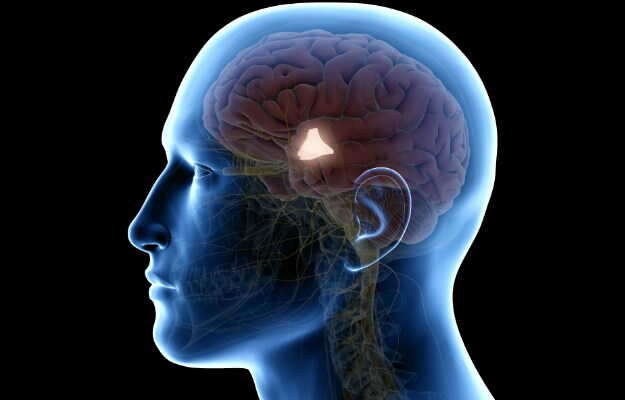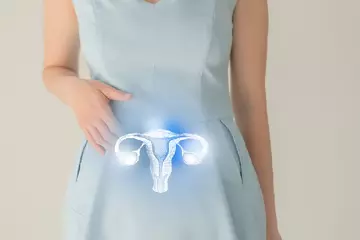What is chromosome 10, distal trisomy 10q?
Chromosome 10, distal trisomy 10q is a chromosomal condition which is extremely rare. It is usually passed on from one of the parents who have a chromosomal translocation. It occurs when one end of the long arm of a chromosome manifests 3 times (trisomy) in the body, rather than the usual 2 times. The condition can present in many ways even in infants and is easy to diagnose in the earliest stages post birth.
What are its main signs and symptoms?
While the symptoms are not generalised across patients, there are several symptoms that are clear indicators of the condition. These include:
- Impaired growth before and after birth, with loose joints and poor muscle tone
- Intellectual disability which results in delayed milestones, poor acquisition of skills and inadequate co-ordination
- Facial and cranial malformations, which present as a flat face with prominent cheekbones, small nose and upturned nostrils, improperly shaped ears, small mouth with prominent upper lip, skin folds covering eyes, narrowing eyelid folds, widely spaced eyes and small lower jaw
- Malformed hands and feet with overlapping fingers or toes, big gaps between toes, webbing between toes, ridges on the skin of hands and feet and furrows or grooves in the soles of the feet
- Abnormalities in bones and skeleton, like thin ribs or missing rib, short neck, curved spine, slow bone development and underdeveloped shin or thigh bone
- Congenital heart defects, respiratory problems and kidney issues
- Testicular problems in males
What are its main causes?
Chromosome 10, distal trisomy 10q is a result of duplication of the end portion of the long arm (called q arm) of the chromosome 10. The duplication of the distal portion of this chromosome is responsible for the physical characteristics of this condition. When there is a balanced translocation in one of the parents, the child may have an unbalanced translocation in the chromosome, making the symptoms apparent. Sometimes, genes may mutate or change by themselves, and the resultant condition may occur, but is not hereditary.
How is it diagnosed and treated?
This condition can be diagnosed even before birth using ultrasound or amniocentesis. These tests help reveal foetal abnormalities. After birth, it can be diagnosed based on a medical examination and study of the chromosomes. Imaging and specialised testing may be used to look for malformations and defects.
A large team of medical professionals are involved in the treatment of the condition – including paediatricians, surgeons and specialists of the heart, kidneys and bones. Surgery may be required to correct deformities and malformations. Care for respiratory problems in infants and children may be given based on the needs and severity. Treatment typically involves medication for health-related issues, educational therapy for cognitive issues and supportive therapy for the patient and family.
















